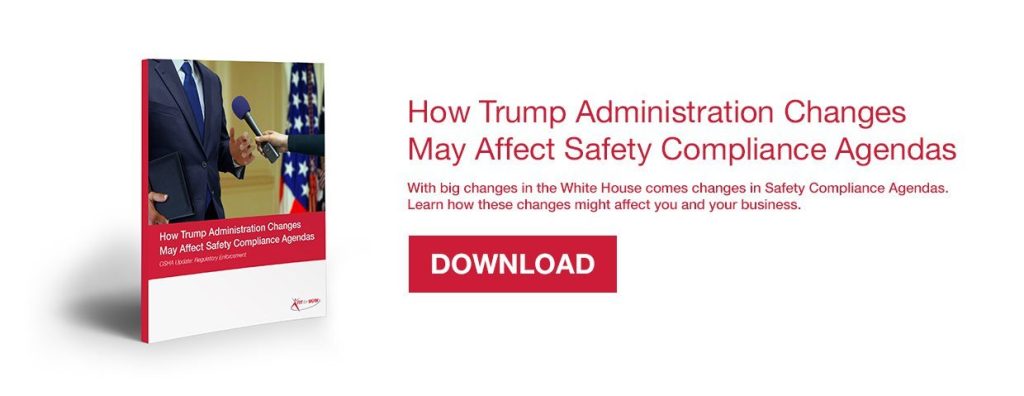By John Groves, DPT
Chief Executive Officer, Fit For Work
Pre-employment employee testing can have a dramatic impact for businesses that decide to implement such a strategy – and an even greater impact for those that decide to bring their testing procedures onsite.
This was exactly the case for one of Fit For Work’s industrial clients.
The Problem
The industry norm for this client is one of high turnover. Industrial sites that struggle with retention often do so because new hires are not physically capable of performing in their new roles, resulting in poor performance, morale, and injuries. When these issues mount, new hires are often driven to leave their roles after a short time.
The Solution
The solution was an onsite pre-employment testing program that ensures functional employment testing is completed immediately, thus compressing hiring times and allowing the client to more intimately control the hiring experience – both key considerations for today’s labor market. This accomplished a number of key goals for the client:
- Reduced hiring timelines – Employers are always fighting for the same candidates. The employer that provides the quickest and best hiring experience, balanced with showing that they care by only hiring those who are capable, will win the battle for employees. Onsite testing accomplishes this.
- Reduced injuries and related costs – If you hire someone who is not capable of performing the job, that employee will get hurt. It’s not a matter of if, but when. Performing functional employment testing onsite ensures employees that are capable of succeeding are hired expediently and are injured less frequently. For a recent client, new hire injury rates decreased by 70% in the first year of onsite testing implementation .
- Increased retention – When employees are set up to succeed in their roles and aren’t injured, they stay in their roles for longer. The net effect of onsite functional employment testing is that your hiring needs actually decrease because you hire the right people for the right job – and you do so quickly.
- Fewer workers’ comp claims – Workers who have undergone pre-employment testing have filed 47% fewer workers’ compensation claims due to their decreased likelihood of injury.
The Onsite Advantage
The implementation of a specifically tailored testing program improved the success rate of the client’s new hires, while bringing the testing process onsite delivered compounded benefits to all phases of the process. Here’s how:
- Prompt scheduling and testing – After bringing its testing onsite, the client became able to schedule prospective candidates for testing immediately following the interview and offer. The full visibility of the testing schedule via Fit For Work’s platform helped make this possible.
- Streamlined communication – There was no longer a need to trade phone calls and messages with candidates only to continue waiting several days for the test to take place.
- Quicker results – Not only were scheduling and testing made immediate, but the client was also able to view and analyze results in real-time.
The Results
In total, Fit For Work’s onsite testing strategy helped the client reduce its hiring timeline by 45% , which is especially significant with today’s competitive labor environment. The streamlined process now allows the client to complete tests and fill roles more quickly and successfully, allowing them to operate at full capacity.
Start Testing Onsite with Fit For Work
These are just a few real-world examples of how Fit For Work’s onsite functional employment testing can help your business in several key areas. We work closely with clients in physical and repetitive environments to implement onsite testing in a cost-effective manner, increasing retention and reducing injuries and associated costs in both the short and long term.
Contact Fit For Work today to begin discussing an onsite employee testing program that will condense your hiring timeline and reduce injuries to your workforce.





